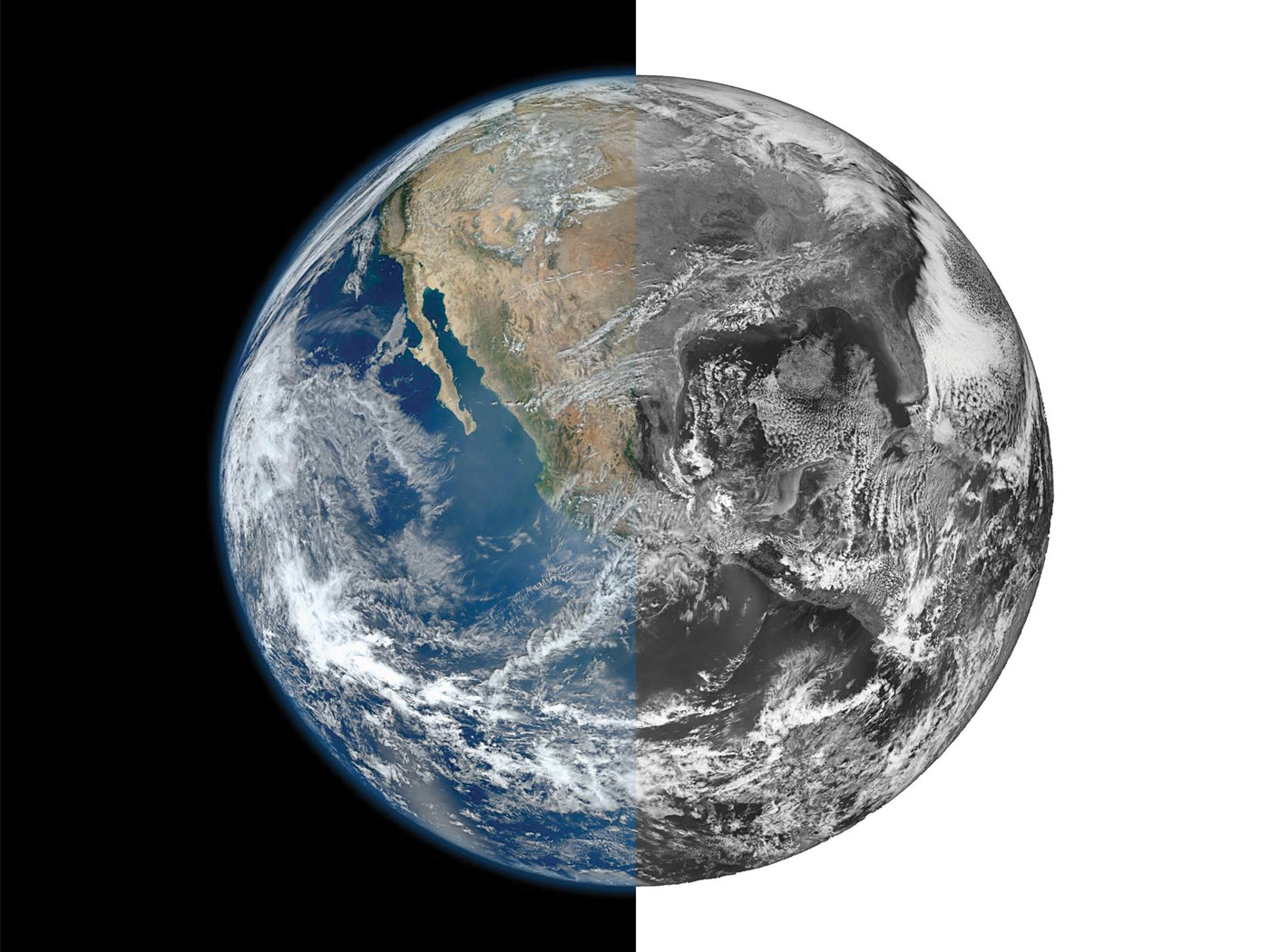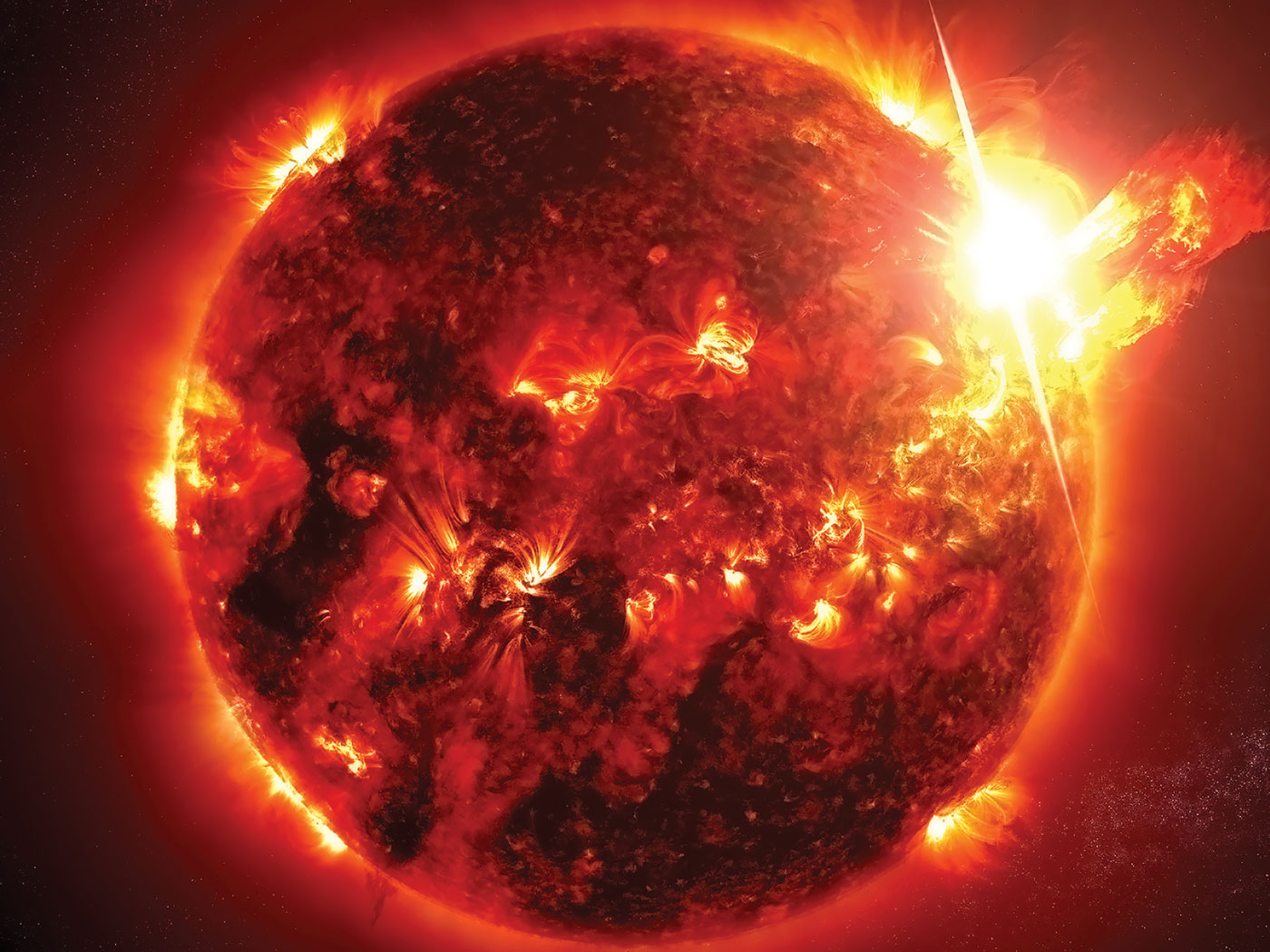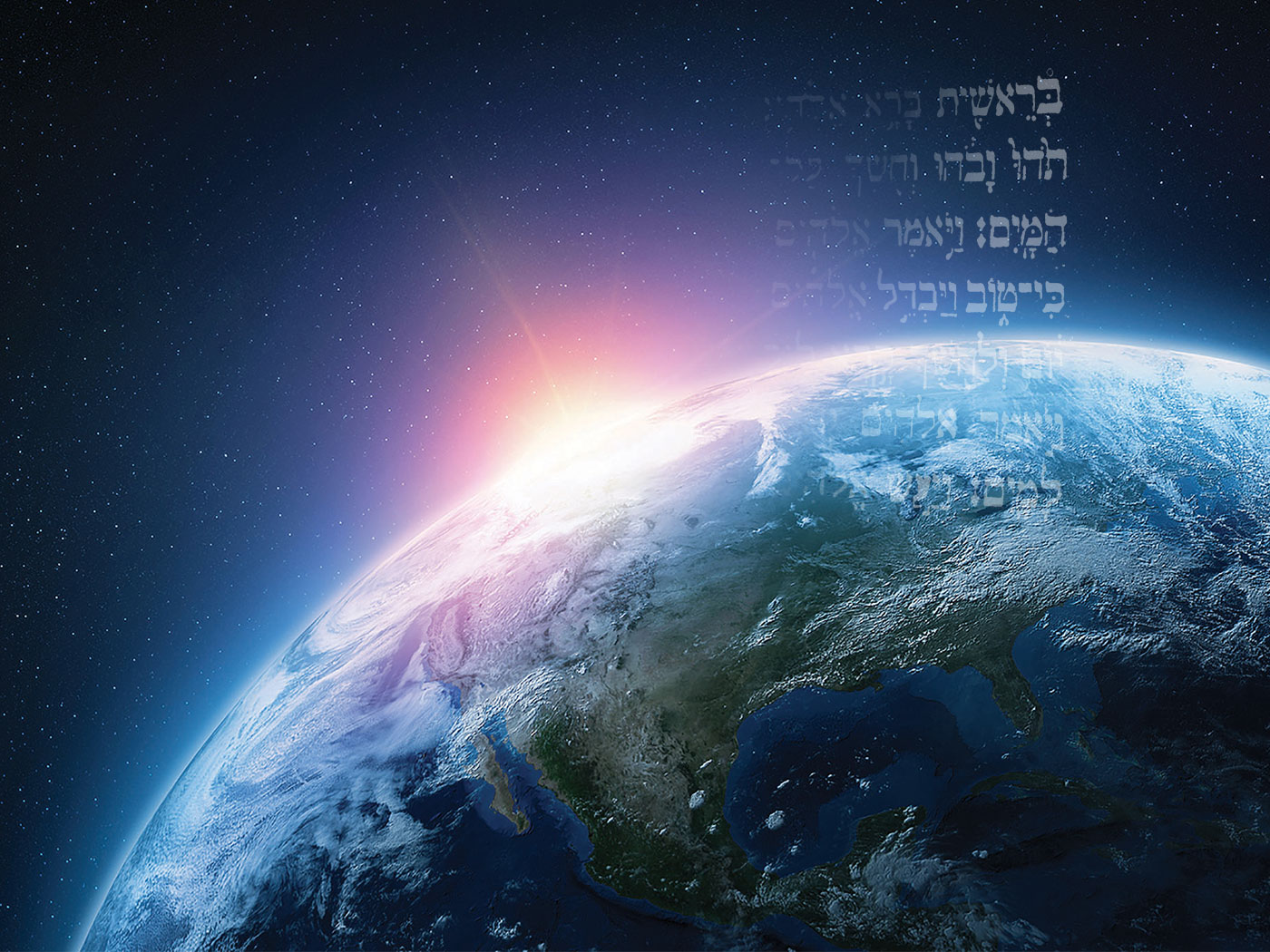Molecular biologist Michael Behe described a system made of several interacting parts, whereby the removal of one part would disrupt the functioning of the whole, as being irreducibly complex. Both creation scientists and intelligent design proponents highlight examples of irreducible complexity in their studies, because they argue against evolutionary hypotheses. The very structure of these systems—with their interdependent parts working all together or not at all—demands a non-Darwinian, non-chance, non-piecemeal origin.
A team of evolutionary molecular biologists thinks it may have refuted this concept of irreducible complexity. In a recent study, the researchers focused on a specific cellular machine involved in protein transport and claimed that it was indeed reducible to its component parts. But did they use real science to demonstrate this, or just scientific-sounding phrases?
The researchers, led by Trevor Lithgow of Australia’s Monash University, claim to have reduced a vital mitochondrial transport machine, found in all eukaryotic cells, from “irreducibly” to “reducibly” complex.1 They assert that since analogs of some of the parts of this molecular machine are found elsewhere, these could have assembled naturally “when” they were brought together through random actions.2 Thus, what appeared to be an irreducible system can be considered reducible because some of its parts can be found elsewhere engaged in different cellular activities.
However, this shows a misunderstanding of the nature of “irreducible complexity.” No intelligent design theorist has claimed that a machine must have been designed merely because it has parts. What they do claim is that an imaginary, not-yet-complete machine has no function, and is thus invisible to natural selection and therefore “unevolvable.” If it does not work, it confers no advantage, and there is therefore no occasion for its selection.
To circumnavigate this dilemma, the authors suggested a “core machine” assembly phase:
We proposed that simple “core” machines were established in the first eukaryotes by drawing on preexisting bacterial proteins that had previously provided distinct functions. Subsequently, and in a step-wise process in keeping with Darwinian evolution, additional modules would have been added to the core machines to enhance their function.1
Then, to authenticate this self-serving hypothesis, the process was given an official-sounding scientific name: “preadaptation,” in which necessary components randomly assemble themselves until they are ready to “snap together” into a functional whole. Also referred to as a form of “neutral evolution,” it “falls outside the descriptions of Charles Darwin.”3
Significantly, the very label “preadaptation” admits the exact opposite of the authors’ claims. The term denotes the concept that not-yet-evolved “proto-machines” are not subject to Darwinian selection of adapted mutants, but rather fall under the influence of some other force or process. However, the fact that non-functioning “machine parts” are invisible to Darwinian selection is exactly what intelligent design theorists have observed. So, on one hand the overt claim is made that these machines were formed “in a step-wise process in keeping with Darwinian evolution,” but on the other hand the very word “preadaptation” clearly indicates a process that is separate from Darwinian evolution.
Preadaptation is entirely inferred from the assumption of evolution, and it is observed nowhere. How does it work? What drives it? What real, natural forces exist to constrain various parts into a new blueprint? And from what is the blueprint derived?
Brandon Keim wrote for Wired Science that “it requires only that existing components be repurposed,” as if adding purpose to parts occurs simply and “naturally.” Plans and purposes, however, are only known to arise from intelligent planners with purposes, never from mindless and chaotic laws of matter.
Matter alone is never seen to give rise to information. Rather, the plan or information always exists outside of the physical parts of the system that employs it, and it needs a power source to purposefully alter and fit those parts into a preplanned, working machine. While these researchers blindly believe that as long as some of the parts of a machine are nearby that they will somehow self-assemble into a workable whole, anyone who has built a bookcase, baked a cake, or assembled a watch knows firsthand that parts do not “repurpose” themselves.
Preadaptation may be indistinguishable in principle from magic, and it is clearly another prop invented to patch over the gaping hole that separates Darwinian philosophy from scientific reality.
Instead of relying on unknown “self-organizing” principles and magical impossibilities to have constructed the living world, scientists can instead rely on Acts 4:24: “Lord, thou art God, which hast made heaven, and earth, and the sea, and all that in them is.” Thus, a real, effectual, adequate Cause is responsible for irreducible molecular machines such as mitochondrial transport complexes.
References
- Clements, A. et al. 2009. The reducible complexity of a mitochondrial molecular machine. Proceedings of the National Academy of Sciences. Published online before print August 26, 2009.
- Specifically, they found that certain α-proteobacteria possess proteins similar to Tim23, Tim44, and Tim14/Pam18. All three are required for the mitochondrial transport machine called TIM23. However, the analogs they found would be useless unless modified and re-fitted according to a mitochondria-specific plan. Even so, functional TIM23 is not enough, as another mitochondrial transport machine called TOM, comprised of several smaller proteins, is also required for mitochondria to function, and therefore for eukaryotes to survive. TOM components have so far only been found in eukaryotes.
- Keim, B. More ‘Evidence’ of Intelligent Design Shot Down by Science. Wired Science. Posted on wired.com August 27, 2009, accessed August 30, 2009.
* Mr. Thomas is Science Writer at the Institute for Creation Research.
Article posted on September 10, 2009.
















